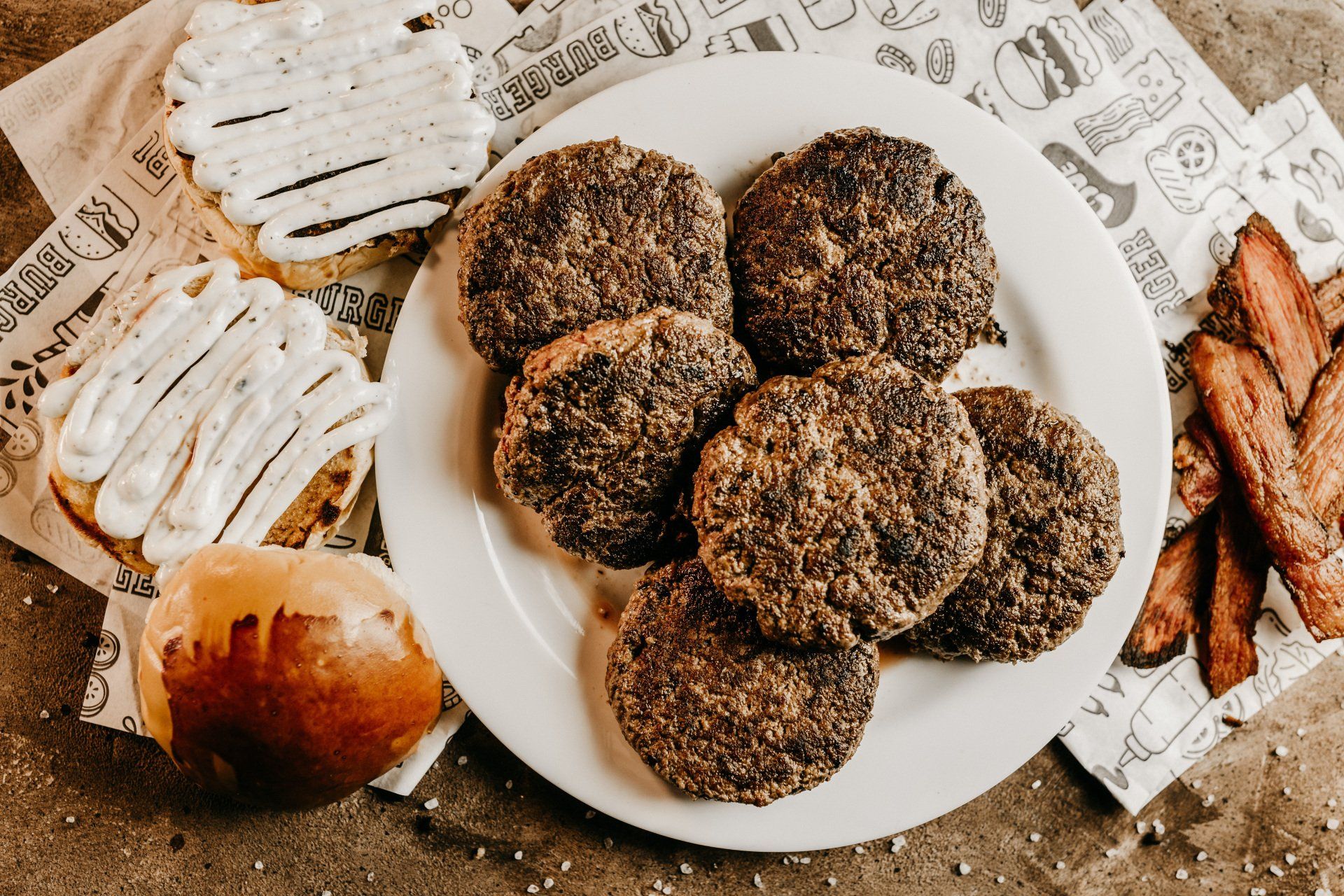You just started on your journey to eating healthier. You’ve started eating lots of broccoli, cauliflower, avocado, and adding garlic to everything. You thought you were doing the right thing, only to discover that you feel so bloated and gassy that it’s hard to go in public. But how could that be!? You read that riced-cauliflower is the perfect low-carb item to help you improve health and that eating avocado will give you better energy.
For certain people, these ‘healthy foods’ can cause some pretty potent digestive discomfort. What about these foods is causing so many symptoms for me? Is there something going on with my gut? Will I ever be able to eat these foods again?
What are FODMAPs?
Fermentable Oligosaccharides, Disaccharides, Monosaccharides, And Polyols. If that sounds like alphabet soup to you, don’t worry, it always does to me. Basically, they are types of carbohydrates that can be difficult for our gut to digest. The word fermentable implies that when we consume them, our gut bacteria literally “ferment” them (similar to the fermentation that takes place in beer and winemaking) in order to make energy for themselves. As a by-product of that fermentation, they create various gases — more on these momentarily.
Some of the biggest offenders in the FODMAP family include garlic, onion, avocado, Brussels sprouts, broccoli, cauliflower, wheat, milk, conventional yogurt, honey, peaches, and lentils. Notice how many of these foods are considered “healthy” foods! So if they’re so healthy, why could they be causing problems?
What’s the Issue?
FODMAPs are poorly digested within the small intestine, thus making their way to the large intestine where they meet up with an incredibly large population of gut bacteria. Our gut bacteria love to feed off of these high-FODMAP foods. If you think of any fermentation process, making beer, greek yogurt, or sourdough bread, bacteria ferment the carbohydrates (sugar or rye) and you have your finished product. Well, that same fermentation process is happening in our gut when we eat onions or Brussels sprouts. For whatever reason, some of us seem to be hypersensitive to the amount of gas created as a by-product of fermentation.
FODMAPs, particularly for those with Irritable Bowel Syndrome (IBS), can sometimes cause digestive discomfort (gas, bloating, diarrhea, constipation) (1). One of the current theories is that those with IBS have more “bad bugs” in their gut microbiome and these “bad bugs” feed off the FODMAPs. If eating FODMAPs is feeding bad bugs, we then want to incorporate a nutritional strategy that temporarily reduces FODMAPs, and kills off the bad guys.
You don’t want to maintain this nutritional approach for long; it’s simply a tool to help kill off bad bugs and hopefully restore good bugs. Why? There‘s a risk of killing off some good bugs in the process, which is why it’s important to eventually start re-introducing some of the healthier FODMAPs — fruits, veggies, nuts, and seeds.
However, it’s not just those with IBS who could benefit from FODMAP reduction, there’s even some evidence that those with Inflammatory Bowel Disease (Crohn’s and Ulcerative Colitis) can benefit (2). As for ‘healthy people,’ researchers in one study stated: “To date, studies suggest that healthy individuals without IBS would not benefit from restricting FODMAP intake (3).”
FODMAPs vs. Gluten
If you think back to basic nutrition, you have three macronutrients: carbs, fats, and proteins. Conventional wheat is high in a type of FODMAPs called Fructans. Gluten, everyone’s favorite thing to demonize these days, is the protein component of wheat, while FODMAPs are carbohydrates. There is some evidence that the beneficial aspects of gluten-free diets are due to the removal of FODMAPs, rather than gluten itself (3).
In one study, people on a gluten-free diet were randomly chosen to receive straight gluten or fructans (FODMAP portion of wheat). There was more bloating reported in those consuming fructans as opposed to gluten (4). Sourdough bread could be a good way to test that experiment. The fermentation process of creating sourdough removes a lot of the FODMAPs, but not the gluten protein.
Practical Application
The low FODMAP diet can be followed anywhere from 3–6 weeks, depending on the severity of one’s symptoms. I see good success with using it on my patients as a sort of ‘gut reset.’ I also use it temporarily whenever my diet has fallen off the wagon a bit. After 3–6 weeks, we being to slowly reintroduce some of their favorite high FODMAP foods (avocados for me). I have my patients pay very close attention to their digestion during this time and monitor for any symptoms of gas, bloating, belly pain, maybe even joint pain, or headaches.
The ideal goal is to be able to handle the widest array of foods possible. Foods such as onions, broccoli, and avocados are beneficial to us and to our ‘good gut bugs’. The whole point of doing the low FODMAP is to eliminate the ‘bad bugs’ that are causing all the digestive symptoms, and then add the beneficial FODMAPs back in to allow your overall gut microbiome to thrive.
If you’re looking for specific guidance or procedures involved with low FODMAP, make sure to speak with a Registered Dietitian or your primary care provider. If you’re looking for assistance with IBS, IBD, or improving general digestion, check out the Functional Medicine Team at The HIVE Natural Health Center.
As always, Trust in Your Gut.
Disclaimer: The contents of this article are for educational purposes only, and are not intended to diagnose or treat any condition. Do not apply any of the information in this article without first speaking with your doctor.








